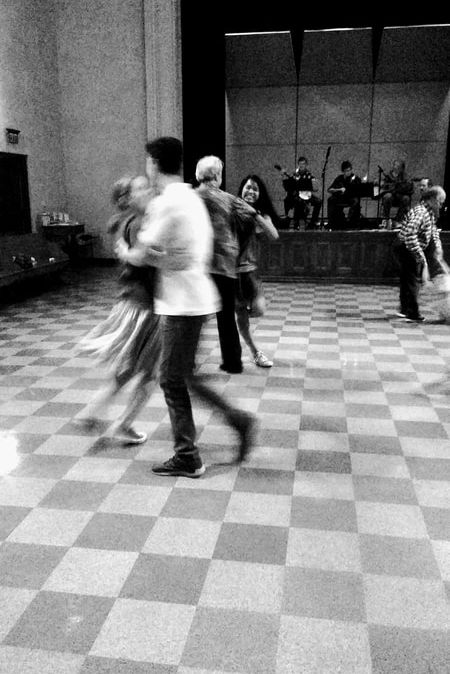

#SCRIPPS COLLEGE DANCE MOVIE#
When magazines and television criticize female celebrities for both gaining a few pounds and being too thin, women are caught in a double bind where they “can’t win either way.” By contrast, weight gain and loss in male celebrities is usually attributed to movie or television roles, and is not “a reflection of an inadequacy in the person himself.” While she does not believe that caring about appearances is bad, Abrams does question the negative messages mothers send their children when following such cultural trends.Ībrams believes that men have body image issues too, but feels that “women struggle with them more than men do.” This is partly a result of mixed messages coming from the media. In today’s culture, dieting and plastic surgery have become increasingly common. By the same token, Abrams was careful not to be self-critical in front of her own children. Her parents loved their children unconditionally and emphasized the importance of loving oneself.

Each woman needs to feel good about herself before she can really believe it when someone tells her she is beautiful, or intelligent, or worthy.Īs a mother of two, Abrams appreciates the relationship between good parenting and a child’s positive self-image. Exploring the connection between mind and body relieved her of many insecurities, including body image struggles.Ī sense of self-worth, in Abrams’ opinion, is vital for accepting love from others. Modern dance, she says, is “concerned with expressive content and movement as communication.”įor Abrams, connecting with modern dance was the first step towards sensing her own self-worth. She was attracted to the “less codified movement” of modern dance, and the fact that it celebrates individuality, not just prescribing a specific body type for all dancers. In her sophomore year, a friend dragged her to a modern dance class and she was instantly hooked. Such insecurities affected her throughout high school, but her experience in college was different. While growing up, people teased her for her small stature and “big Jewish nose,” and she was self-conscious about being flat-chested as a teenager. Like most people, Abrams has had insecurities. While this might be a generalization, she explains that it would be hard to find a woman who has never had an issue with her appearance. “Everybody has body image issues,” says Abrams when asked about her self-image. Abrams is a Certified Laban Movement Analyst who studies the qualitative and quantitative characteristics which contribute to expressive communication and efficacy of all forms of human movement (including sports, dance, management, teamwork, and other motion-related tasks). She also teaches Modern Dance, CORE III, Laban Movement Analysis, and a course called Dynamics of Human Movement, which explores efficiency (or lack thereof) in the ways we use our bodies and movement. The class explores expression through body movement in yoga and dance, as well as the role of gender in embodiment. She is currently team-teaching a CORE II class called “The Embodied Self: Feminist Theories of Body, Yoga, and Dance” with Professor Leigh Gilmore. Professor Gail Abrams has taught in the Scripps College Dance Department for 23 years.


 0 kommentar(er)
0 kommentar(er)
